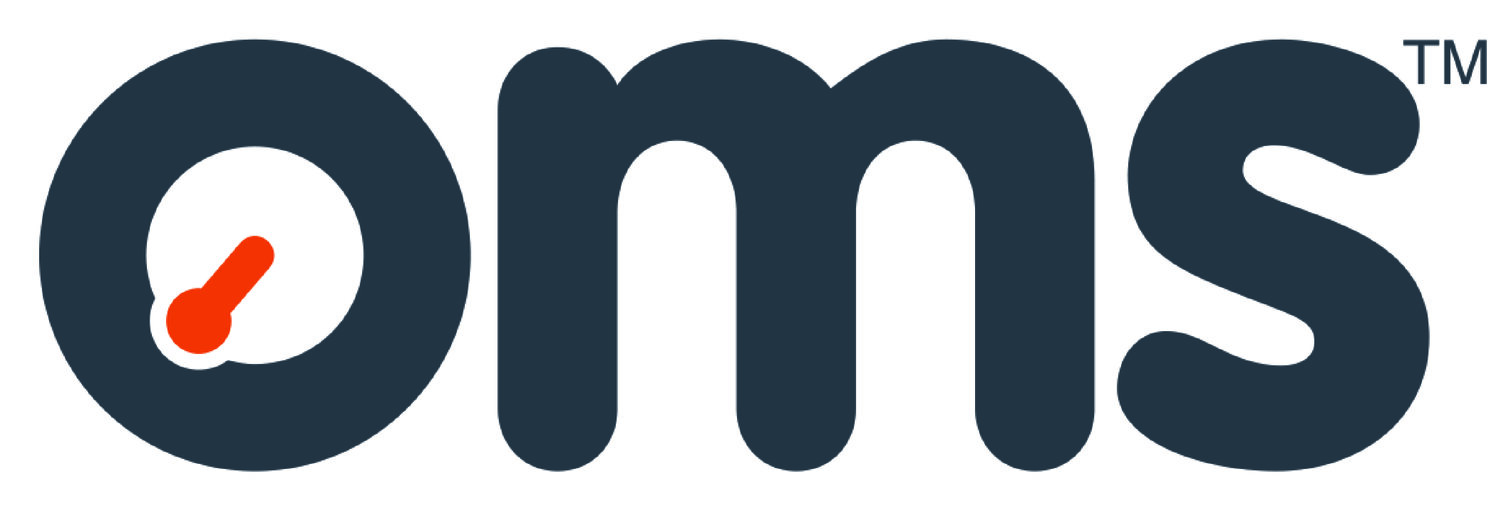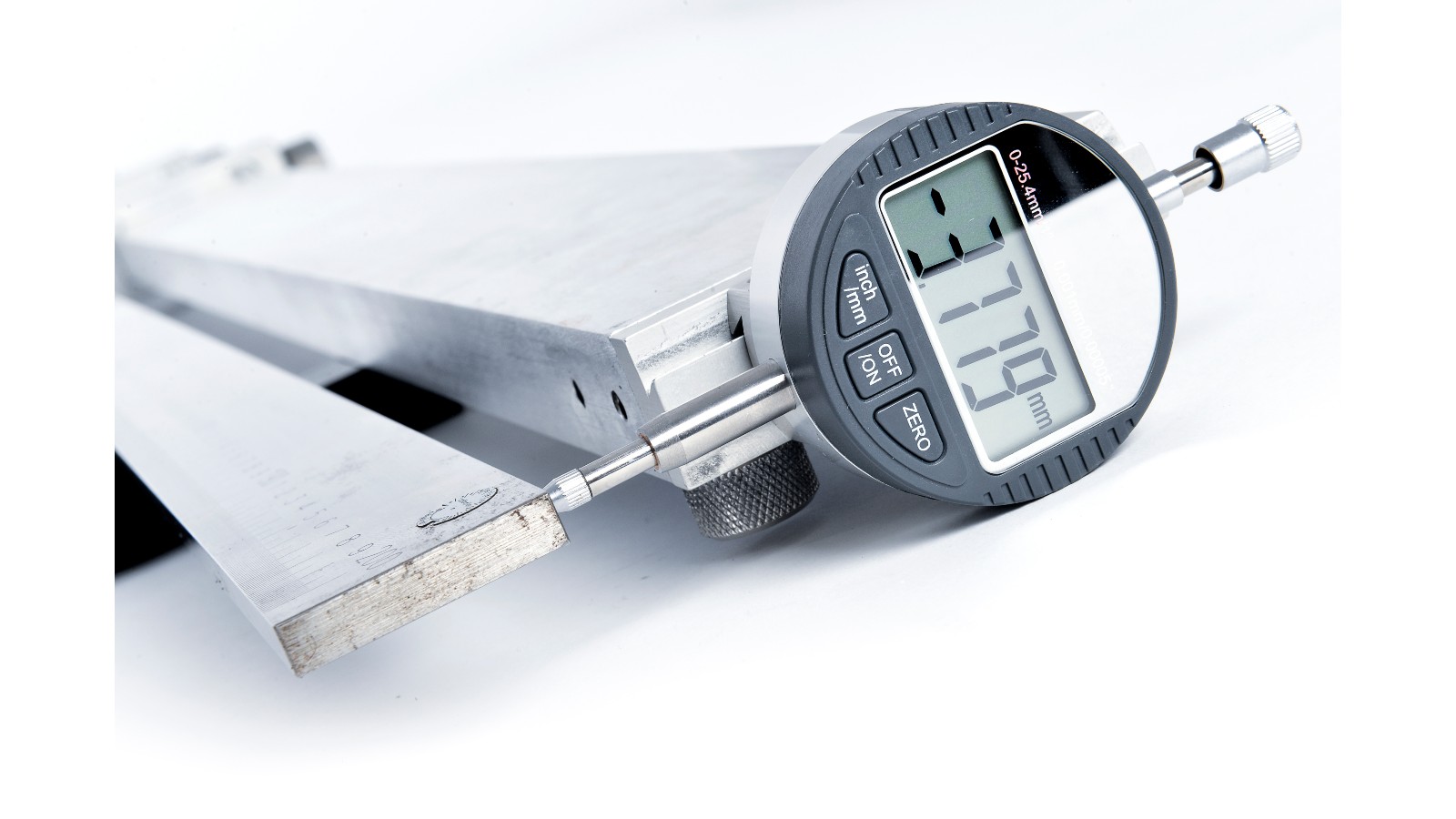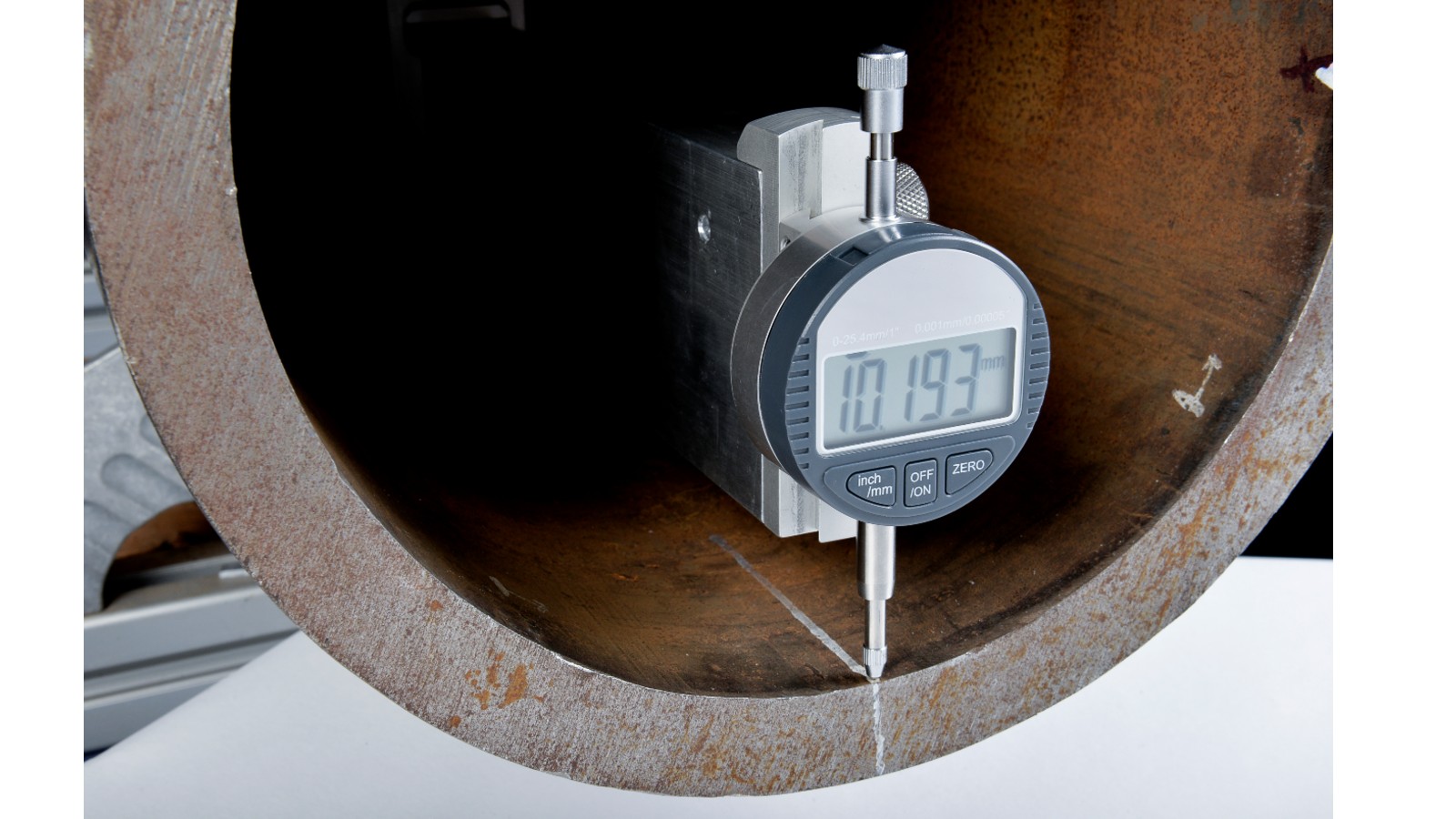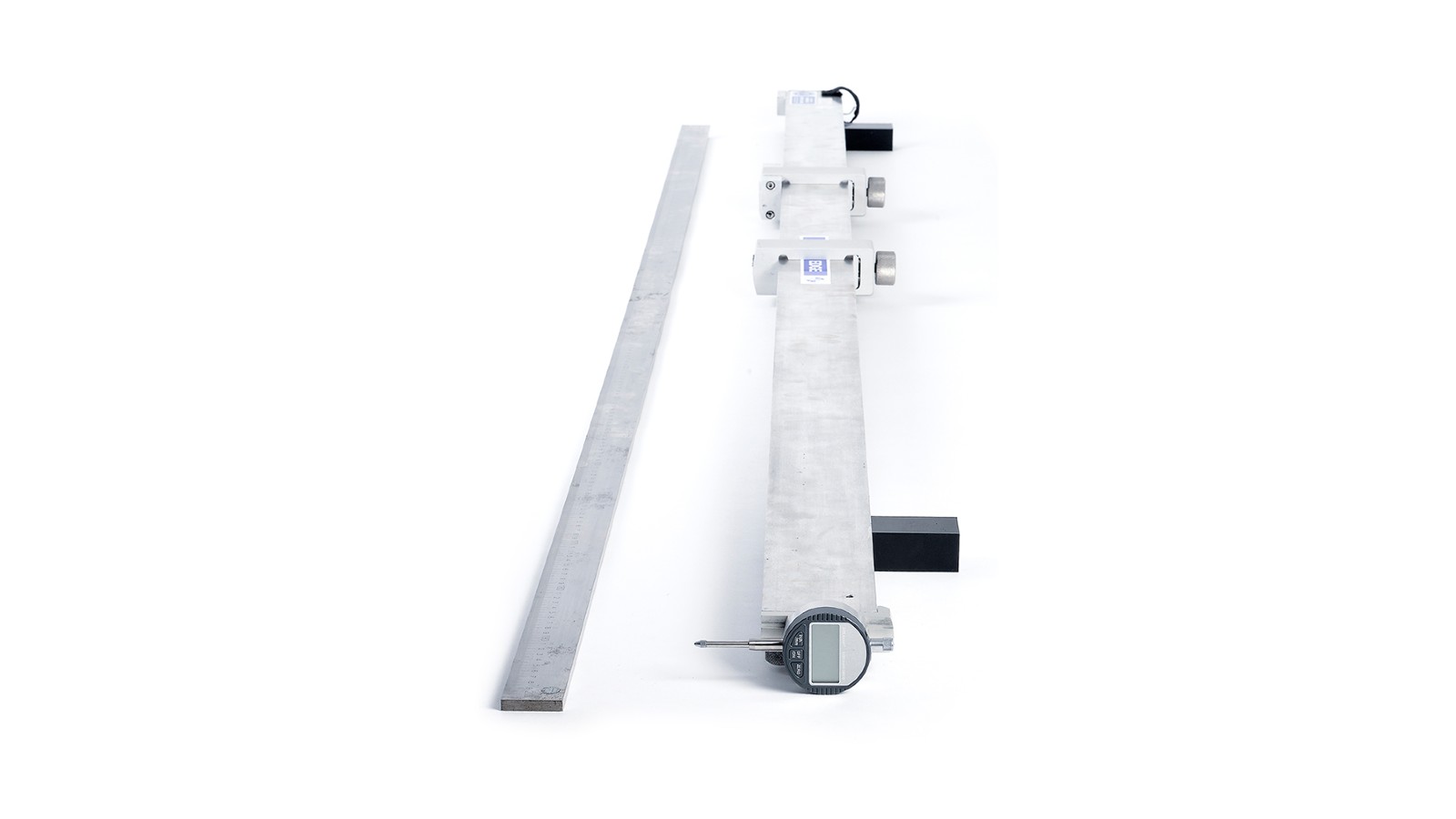Pipe End Hooking Measurement
The Pipe End Hooking Measurement Tool is designed to allow the operator to quickly and accurately determine the straightness of a pipe end.
Key features
Measures out-of-straightness directly according to API specification requirements
High strength magnets to aid operation
Digital dial gauges provide direct readout
Calibration using calibrated straight edge
Traceable to national standards
Lightweight
Measure end hooking directly
Out-of-specification pipes can cause serious problems for our customers, who wanted a way to establish beyond doubt whether a pipe is out-of-spec or not. OMS created the Pipe End Hooking Measurement Tool, which allows clients to measure their pipes directly. “End hooking” refers to a bend in the end of a pipe, usually created during the manufacturing process. When these pipes are joined to another, the next pipe is then not straight, which causes critical issues when spooling welded pipes onto a vessel or welding two joins together in a J-lay tower.
Magnets aid easy operation
The End Hooking Tool is set up so that the two contact points are at the correct distance from the pipe as specified by API, then placed onto the calibration square and the dial gauge zeroed. The tool can then be placed on a pipe and the end hooking read directly from the dial gauge. Magnets help the tool to function correctly by holding it parallel to the pipe either on the top or on the side.
API compliant inspection
The End Hooking Tool operates on a principle suitable for API compliant inspections. The tool uses a calibration standard where its traceable accuracy (the straight edge) is transferred into the tool to be used. This is repeated every time the tool is put on the calibration standard and the dial gauge zeroed. We provide a calibration certificate with the dial gauge.




